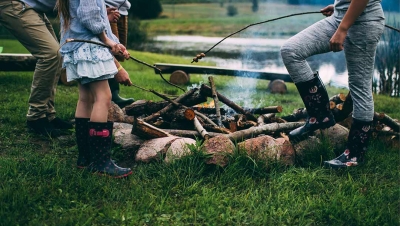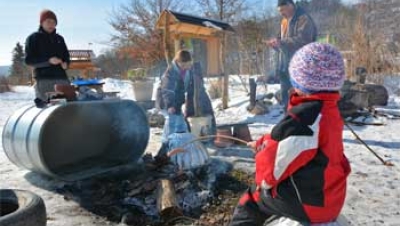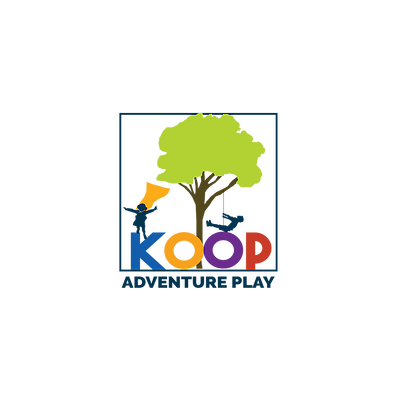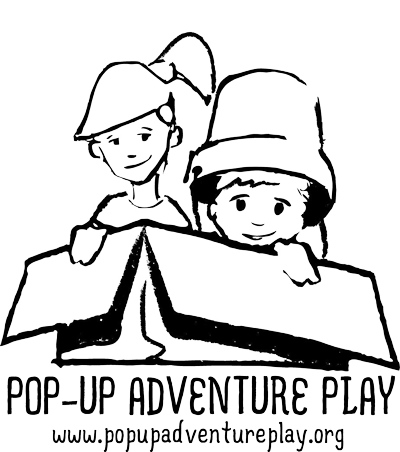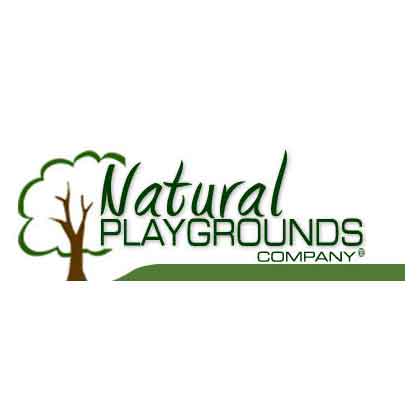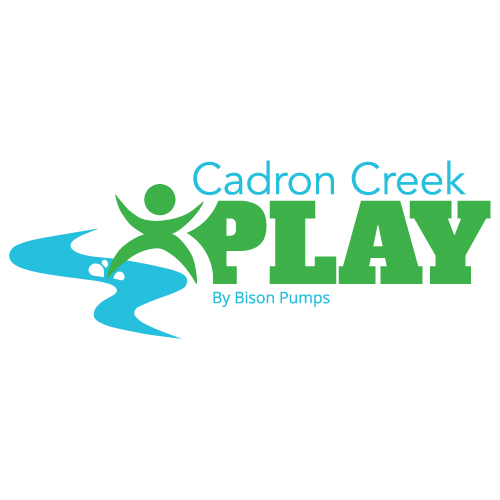Outdoor play - via Modernize
by Kaitlin Krull
Encouraging creativity and ingenuity in children is an important part of their emotional development. There are many ways that this goal can be achieved, but one of the simplest (and most economical) is through loose parts play. Loose parts play works by providing children with a safe, well-stocked environment that encourages open-ended and creative play. The best part of this kind of pop up play is that it can take place absolutely anywhere, including but not limited to the home (at Modernize, we know how important it is to keep your home beautifully prepared for your family). Here are some ideas to get you and your family started with loose parts play.
What is loose parts play?
In 1972, architect Simon Nicholson penned the Theory of Loose Parts, which is essentially a moveable, changeable environment with no specific directions or parameters in which children can explore their ingenuity and creativity. These loose parts play environments consist of materials that can be taken apart and put back together in any number of ways and are seen as one of the best ways to foster independence and imagination in young children. This theory has recently gained popularity with the children’s organization Pop-Up Adventure Play hosting organized loose parts play events in various locations around the world. Short of hosting one of their events yourself or starting something similar in your own neighborhood, there are many ways to recreate these kinds of pop up play environments on a smaller scale in and around your own home.
Source your own loose parts
Stocking your play area with loose parts is just as easy as it sounds. Choose any and all items you can think of, provided they are age appropriate and safe for your children to use. Before shopping around for materials, scour the house for unused boxes, baskets, and storage bins, and fill them with recyclables, trinkets, craft materials, and anything else you find lying around. If you need to bulk up your supply with a few purchased items, you can find inexpensive craft and home materials in craft and bargain stores.
Probably the best place to source your play materials is outdoors. Natural materials make the best loose parts because they are intrinsically open-ended and not manufactured for a particular purpose. Sticks, stones, leaves, grass, bark, wooden discs, pine cones, and everything in between can be used for successful loose parts play. The world is, quite literally, the only limit.
Keep your loose parts play stations stocked and ready for creative playtime: use trays, boxes, or other receptacles to store everything. If you want to feel even more organized, consider theming your play by changing the kinds of items you include in your boxes to support school learning themes, seasons, or holidays. Here are a few ideas to get you started:
Autumn: Brightly colored leaves and other items make excellent autumnal loose parts play.
Art: Assorted craft materials such as pom poms, popsicle sticks, and straws with a wooden picture frame for DIY masterpieces.
Seaside: Shells, seaweed, coral, and sand help recreate a day at the beach.
Forest: Pine cones, twigs, horse chestnuts, acorns, and moss are all great sensory items to include here.
Magazine cutouts: Cut out clothes and faces for mix and match dress up, role play, or puppet shows.
Tinker trays: Nuts, bolts, screws, corks, buttons, paperclips, and a few tools will turn your children into tinkerers.
Inventor’s box: A box filled with a mixture of loose play parts and a card suggesting an invention will keep older children occupied for hours in a structured, critical thinking way.
The most important thing to remember when stocking your loose play environment is that it should encourage open-ended play. Even themed boxes will likely stray outside your preconceived guidelines; allow them to change and become whatever your children want them to become. Such is the beauty of the Theory of Loose Parts.
Purchase pop up play materials
If you are looking for an open-ended play environment with slightly more structure, consider using only a few materials in your preparation. Cardboard boxes and markers are timeless classics for children, providing hours of imaginative, creative entertainment. For those who want to support small businesses and who possibly have less time for cardboard carving, there are plenty of children’s toy companies that sell pop up play kits for this very purpose. PopUp Play, for example, offers an interactive smartphone app that allows families to design, customize, and order their own cardboard playscape all from the Internet. The personalized product comes flat packed with free markers and provides the building blocks for excellent pop up play that can be taken anywhere.
Photo via Modernize
Source


